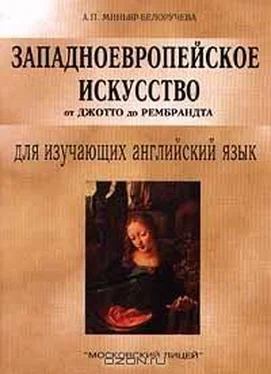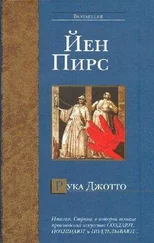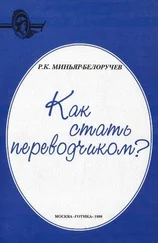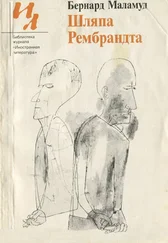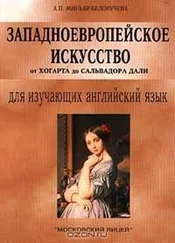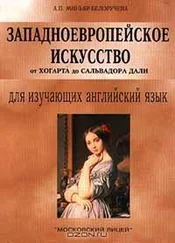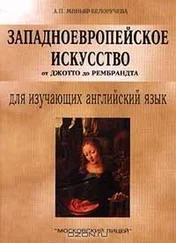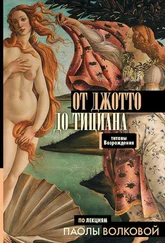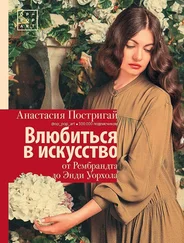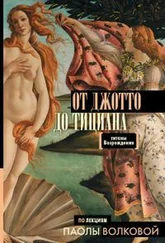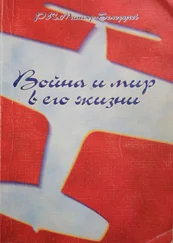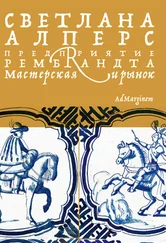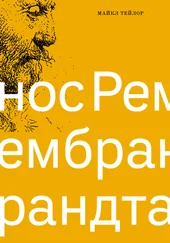Слава рано пришла к Тициану. Уже в 1516 г. он стал первым живописцем Венецианской республики. Около 1520 г. герцог Феррарский заказал Тициану цикл картин на мифологические сюжеты. Богатые венецианцы заказывали Тициану алтарные образа. Тициан создал монументальные композиции: «Вознесение Марии» и «Мадонна Пезаро». Громадная картина «Вознесение Марии» изображает вознесение Мадонны на небо. Насыщенные цвета одежды Марии на фоне светлого неба передают радость.
Много сил Тициан отдавал портретной живописи. В «Венере» Тициана многие видят портрет Элеоноры Урбинской. Введение бытовой сцены в интерьер картины вместо пейзажного фона передает ощущение реальной жизни. Блестящий портретист, Тициан раскрывал черты характера своих моделей. Групповой портрет впервые созданный Тицианом получил свое развитие только в эпоху барокко.
IX. Summarize the text.
X. Topics for discussion:
1. Titian's mythological paintings.
2. Titian's religious paintings.
3. Titian's portraits.
The pioneers of Baroque monumental painting in Rome were the brothers Agosto and Annibale Carracci and their cousin Ludovico. They all came from Bologna, a city with a long artistic tradition, a heritage of Renaissance masterpieces and a direct cultural connection with the Eternal City. Between 1585 and 1590 the Carracci founded the Academy of the Incamminati, which was to play an important part in the Italian artistic culture of the seventeenth century.
Annibale (1560-1609) was historically the most significant artist of the Carracci family and artistically the most gifted. At first he was fond of Correggio and Veronese, but later he developed new power under the influence of the antique, and of Michelangelo and Raphael, Annibale Carracci presents a variety of motives and themes. To the exhausted schemes of Mannerism he opposed a combination of classical beauty and the respect for the real fact.
In Bologna in the 1580s all three Carracci had been helpful in the formation of a new kind of Renaissance – not a revival of Classical antiquity nor a discovery of the world and of man, but a revival of the Renaissance itself after a long Mannerist interlude. The Carracci aimed at a synthesis of the vigour and majesty of Michelangelo, the harmony and grace of Raphael, and the colour of Titian.
The first major undertaking of Baroque painting in Rome was the gallery of the Palazzo Fornese, painted almost entirely by Annibale CarraccI. The frescoes were commissioned by Cardinal Odoardo Farnese. The ceiling frescoes adopted from the Sistine Ceiling such ideas as large scenes, small scenes, seated nudes, simulated marble architecture and both marble and bronze sculpture. But these were organised according to a new principle in the illusionistic tradition of Mantegna. The simulated architecture applied to the barrel vault is «supported» by the simulated sculptural caryatids and youths that flank pictures into the structure. Four additional paintings with gilded frames are made to look as if they had been applied later. The complex layer of forms and illusions comes to a climax in the central scene.
The subject matter of the Love of the Gods, incompatible with the ecclesiastic status of its patron, veils a deep Christian meaning that accounts for the complex organisation and for central climax. The four smaller lateral scenes represent incidents in which the loves of gods for mortals were accepted, the two horizontal framed pictures depict episodes in which mortals refused, the two end ones reproduce the love of Cyclops Polyphemus for the nymph Galatea, and the central panel portrays the Triumph of Bacchus and Ariadne. This central scene is flanked by Mercury and Paris and by Pan and Selena. The composition in which the chariots of the god and the mortal are borne along in splendid procession, accompanied by deities and Loves explains the framed pictures and justifies the four unframed lateral scenes. The entire complex structure of eleven scenes symbolises the Triumph of Divine Love. After the Mannerist interlude of public prudery, it was typical of the new Baroque attitude that a cardinal could commission a monumental Christian interpretation of ancient erotic myths. It is essential for our understanding of the Baroque that divine love, conceived as the principle at the heart of the universe, should be the motive power that draws together all the elements of the ceiling and resolves all conflicts in an unforeseeable act of redemption. The painting of the Farnese Gallery is a superb creation. The substance and the drive of the Farnese Gallery had a great impact on other ceiling compositions of the seventeenth century, and on Baroque monumental painting in general; especially the work of Peter Paul Rubens was greatly influenced by Annibale's style.
In addition to the principles of ceiling painting, Annibale Carracci excelled in his painting of romantic landscapes as well as historical subjects. He established a new type of landscape with figures in his Landscape with the Flight into Egypt , of about 1603-4. The sacred figures in relation to the vastness of the landscape are tiny. They are on a level with the observer and the landscape is no longer fantastic but based on a real one. The landscape was derived from studies made outdoors but constructed in the studio. Although a prolific artist Annibale Carracci painted little later in life. He died at Rome and was buried in the Pantheon near Raphale.
Make sure you know how to pronounce the following words:
Baroque; chariot; Bologna; Pan; caryatid; Cyclops; Selena; Paris; nymph; Polyphemus; Galatea; Bacchus; Ariadne
Notes
Love of Gods – «Метаморфозы»
Landscape with the Flight into Egypt -» Пейзаж с Бегством в Египет»
Tasks
I. Read the text. Make sure you understand it. Mark the following statements true or false.
1. The pioneers of Baroque monumental painting in Florence were the brothers CarraccI.
2. The major undertaking of Baroque painting in Rome was the gallery of the Palazzo Fornese, painted entirely by Ludovico CarraccI.
3. The subject matter of the Love of the Gods was incompatible with the ecclesiastic status of its patron.
4. After the Mannerist interlude of public prudery a cardinal could commission frescoes on the subjects of ancient myths.
5. Divine love, conceived at the heart of the universe, is regarded as the motive power that draws together all the elements of the ceiling.
6. In the Love of Gods the Carracci established a new landscape with figures.
II. How well have you read? Can you answer the questions?
1. What was in progress in sixteenth-century Bologna? What kind of Renaissance did the Carracci try to form? What was the Carracci's aim?
2. What did the Carracci adopt for their ceiling frescoes from the Sistine Ceiling? Why did the Carracci apply simulated architecture and sculpture to the barrel vault?
3. What does the subject matter of the Love of Gods veil? How is the Love of Gods interpreted?
Читать дальше
